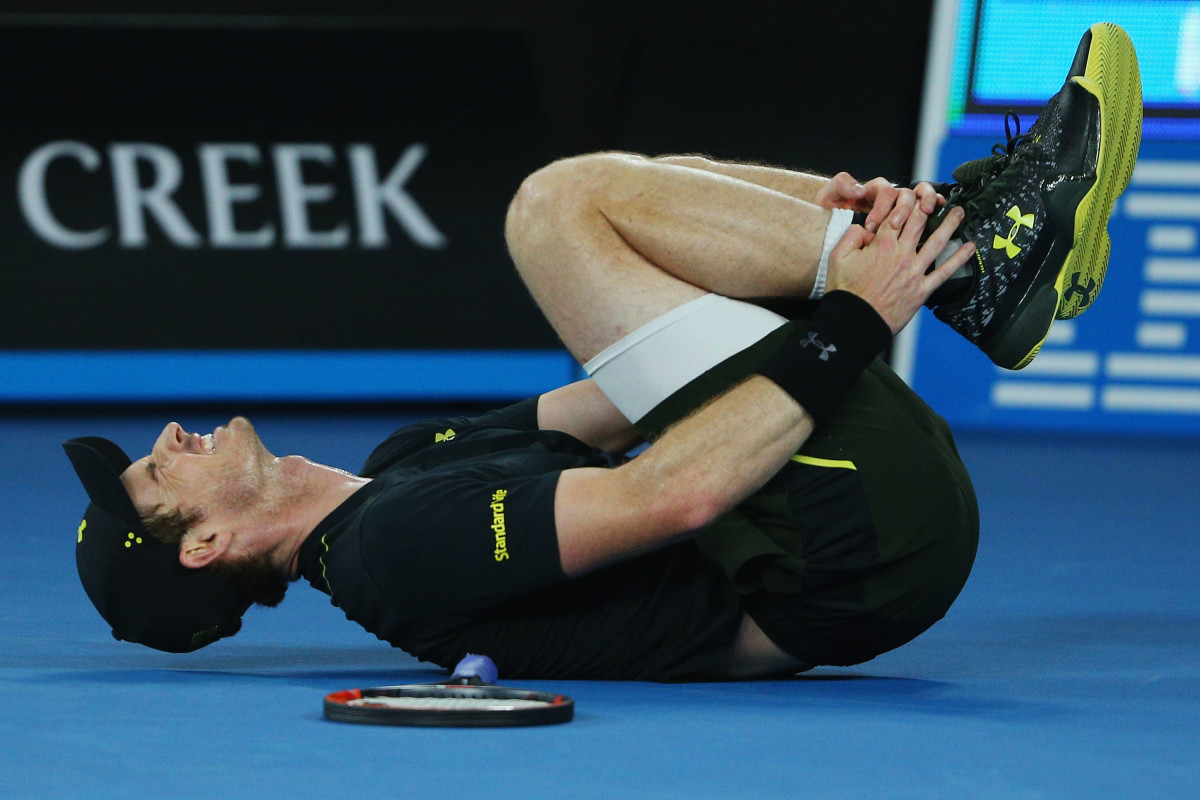While others look to ascend, No. 1 seeds Kerber, Murray simply want to stay put

MELBOURNE – Spare a thought, for the top seeds. Oh, they’re still with us—at least of this writing. But life ain’t always so easy.
For 127 players in each draw, there is a mountain to ascend. Some can see the summit. Some have been there before. For others, the top is barely in focus. But the GPS makes it clear. The intended destination is up.
For one player in each draw—and one player only— the trajectory is different. By definition, the No. 1 seeds are already at the top. Pick your metaphor. They’ve ridden the elevator to the highest floor. Achieved maximum altitude. At this event we speak of Angelique Kerber and Andy Murray. While everyone seeks to ascend, for them, in Melbourne, it’s simply about remaining flat. Stasis. Holding serve, so to speak.
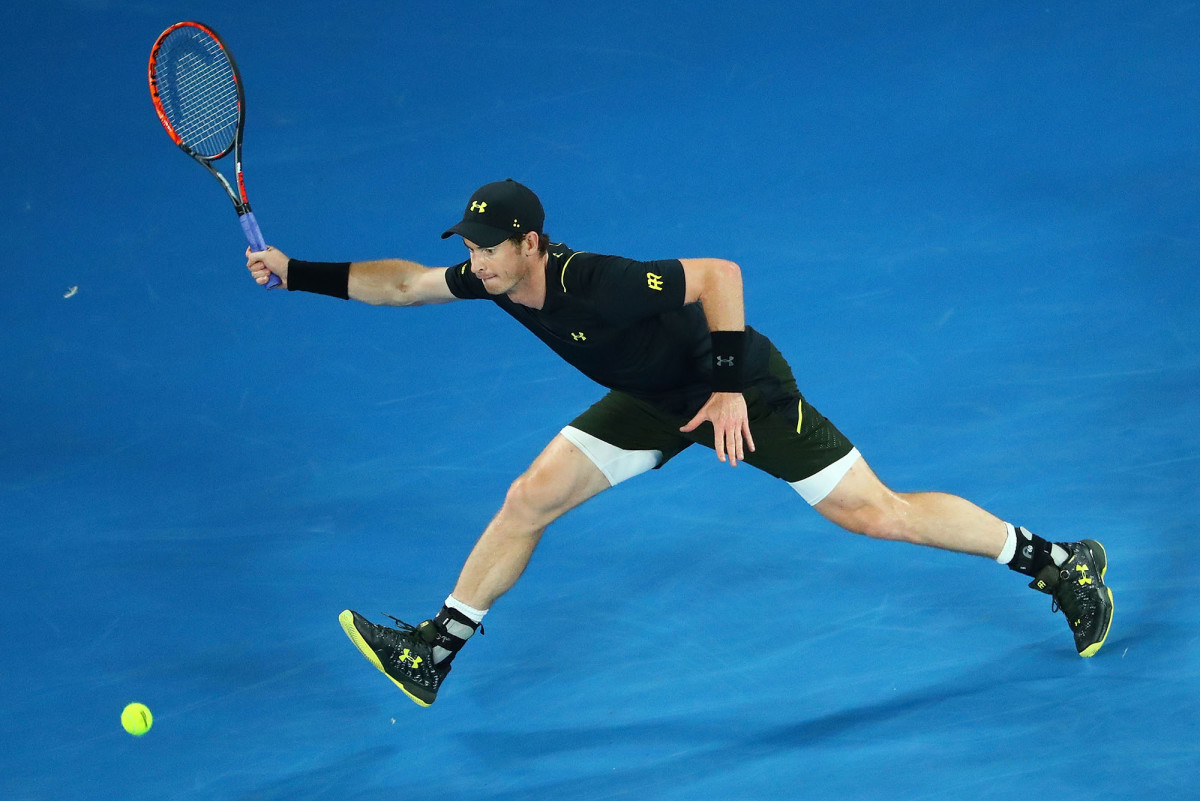
You hear it often: getting to the top is one thing; staying there is something else entirely. It’s easy to see truth in that. Win and you simply fulfill expectation. Lose and it's an upset, a failure to meet what, numerically anyway, was predicted of you before the tournament. And even when you do win, you know this: your position might not have changed and your ranking might not be going up.
In September, Angelique Kerber became No. 1 for the first time. A few weeks later, Andy Murray did likewise on the men’s side. Kerber has struggled with the perspective. She hasn’t won a title since her ascent. In two matches here, defending a major for the first time, she had a set each time before steadying. Andy, too, looked less than comfortable in his opening match. On Wednesday night, he steadied, winning in straight sets in one hour and 37 minutes, but not before rolling his ankle in the third set.
Maybe there’s consolation here. If either wins, they’re rankings might not go up, but they’ll still be elevated.
Keeping up with Kyrgios: 21-year-old Aussie continues to confound, on and off the court
Five thoughts on the day session on Day 3:
• Roger Federer advanced to round three with a patchy win—downright unsightly by his standards—over American qualifier Noah Rubin, who did himself proud playing his idol on the big court in what was his fifth match here. Federer will need to elevate his level considerably if he wants to beat his next opponent, Tomas Berdych.
• Playing in her 17th Australian Open, Venus Williams dazzled on Wednesday, beating Stefanie Voegele in straight sets. Disappointingly, but not unwisely, she and Serena pulled out of the doubles.
• Want a player to watch? How about Svetlana Kuznetsova. The highest seed in the second quadrant—the one abandoned by Halep—she had no problem with local wildcard Jaimee Fourlis.
Playing in her 17th Australian Open, Venus Williams still finds a way to win
• What’s that? You want another player to watch? How about Alison Riske. It had been two years since she won a Grand Slam match. She knocked off No. 20-seed Zhang Shuai on Wednesday and has a real shot at Week Two.
• Stan Wawrinka, the 2014 champ, came dangerously close to losing his first match against the Slovenian lefty Martin Klizan. He survived and against Steve Johnson—the highest-ranked player not seeded—Wawrinka cruised in straight sets.
Mailbag
Jon,Happy New Year and hope you enjoy your time down under. I’ve been thinking about how to speed up the game without changing the essence that makes it so great (scoring, five set matches, etc.). Two ideas:
• How about changing the number of games before players change sides? First one after three and then after five games are played? The players don’t need a rest after every two games and this would reduce the number of 90-second (usually more like two minute) breaks
• Make the players get their own towels (I think this has been suggested before). It’s quite a distance between the baseline and where the towels are, so they won’t expend as much energy to try and get them after every point (and they won’t have enough time either with the shot clock in effect). Plus, I always feel bad for the ball boys/girls who have touch the sweaty towels of the players (not to mention the health hazard).
Just a couple of thoughts.
—Sameer, New York, N.Y.
• First, I’m with you on the poor ballkids. Shouldn’t they at least have to wear gloves? A few rules of thumbs for change:
a) There will be no changes to the dimensions of the court. “Contract the service box,” for example, will never happen, as it would entail retrofitting every court in the world.
b) A new scoring system—four game sets, for instance—qualify as radical. Not saying it won’t happen but it's a significant undertaking. Imagine the impact on everything from statistics to strategy to fitness. If I only need eight games to win a match, that has a big impact on how I train, how I eat, what exercise I stress.
c) Abridgements like playing a tiebreak for the fifth set seem more likely.
d) Seems to me the lowest hanging fruit is eliminating the let on serves. Play anything that lands in the box.
2017 Australian Open seed reports
Put your fashion hat on and explain to me the zigzag B&W striped outfits that have taken over AO 2017.
—@michaeltbat
• It’s the toned down version of that hideous French Open zebra stripe. As one reader put it when Federer took the court, “Hey Nike, let the 35-year-old keep his dignity and give him a solid colored shirt!"
Do you have any insight in what it costs players to staff their teams? Like what's the average annual spend on coach, trainer, shrink, etc.? When Becker, Mauresmo, Lendl or Davenport coach, are they doing it for the money? What kind of salaries would big name coaches command? Obviously Andy, Roger and Novak can afford to pay a seven-figure salary or two, but what about the journeypeople? I was listening to a podcast today and they mentioned that my hometown boy Raonic is essentially coachless at this Aussie Open. I was more intrigued/curious about the potential cost savings... I imagine that first round AO prize money wouldn't cover the salary, travel and accommodations for a 4+ person team...
—LT, Toronto
• It used to be simple. Run-of-the-mill players would make coaches whole. That is, whatever the coaches could make teaching lessons at the club, that’s what the players would commit. Plus expenses. Some of the higher ranked players then paid more and added bonuses.
Today, coaches are much better paid. Those in the right situation can make more income than most players. I know of a WTA player—top tier but probably not Hall of Famer—who allegedly pays her coach a base of $500k. In other cases, the player pays some but the national federation pays the lion’s share.
Ultimately, like any staffing decision, it comes down to ROI. You’ll pay a coach $x if you think he (and most, alas, are still male) can make you $x+1 in incremental income.
Australian Open Day 2 results: Rafa Nadal, Serena Williams advance
Jon, The Swiss tennis federation named a Davis Cup team Thursday which plays the United States in Birmingham, Alabama, on Feb. 3-5 headed by Marco Chiudinelli (No. 128), Henri Laaksonen (No. 135), Adrien Bossel (No. 489) and Antoine Bellier (No. 611). REALLY? That lineup wouldn't even make the field at most Challenger level events, would struggle to beat NCAA D1 programs…. and Switzerland is trotting it out to play the United States! This kind of thing pretty much kneecaps the idea that DC has any relevance any more at all when a very formidable national team that is healthy shrugs it's shoulders and sends a group of players that are fringe professional to represent. Something's got to change with Davis Cup, No?
—Dr. Rob Oliver
• You’re implying there are other Swiss players who did not avail themselves?
I had to laugh when you said you couldn't think of two WTA players who you wouldn't want to see play. Me? Easy. I will never ever watch Sharapova versus Azarenka. Separately they are close to unwatchable, but against each other? Ugh!! First off, a MUTE button would be a necessity but even with no sound, the incessant ball bashing bores me to tears. Honestly, I haven't missed either one.
—Michelle
• Two people wrote likewise. My answer: ignore the grunting and behold two of the better fighters in the women’s game. I’m watching that 10 times out of 10.
Snapshots from Day 3
Australian Open 2017 Day 3
Angelique Kerber
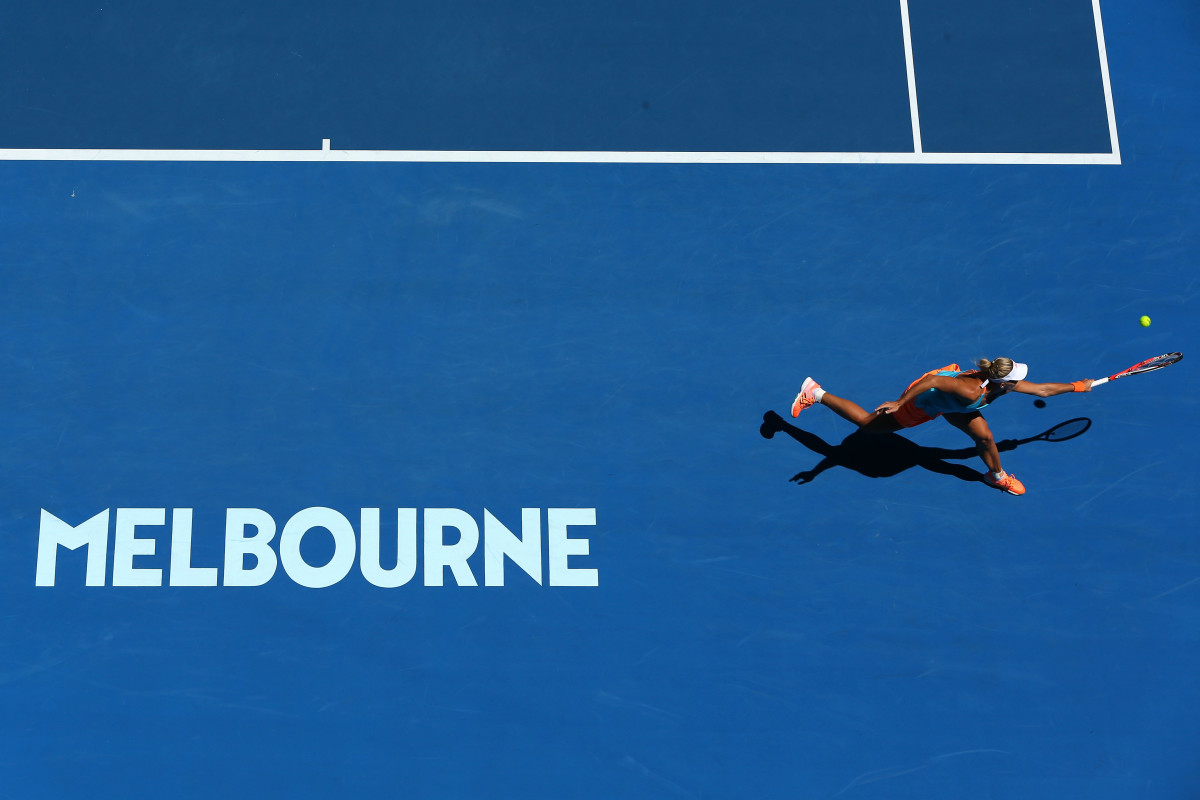
Ali Riske
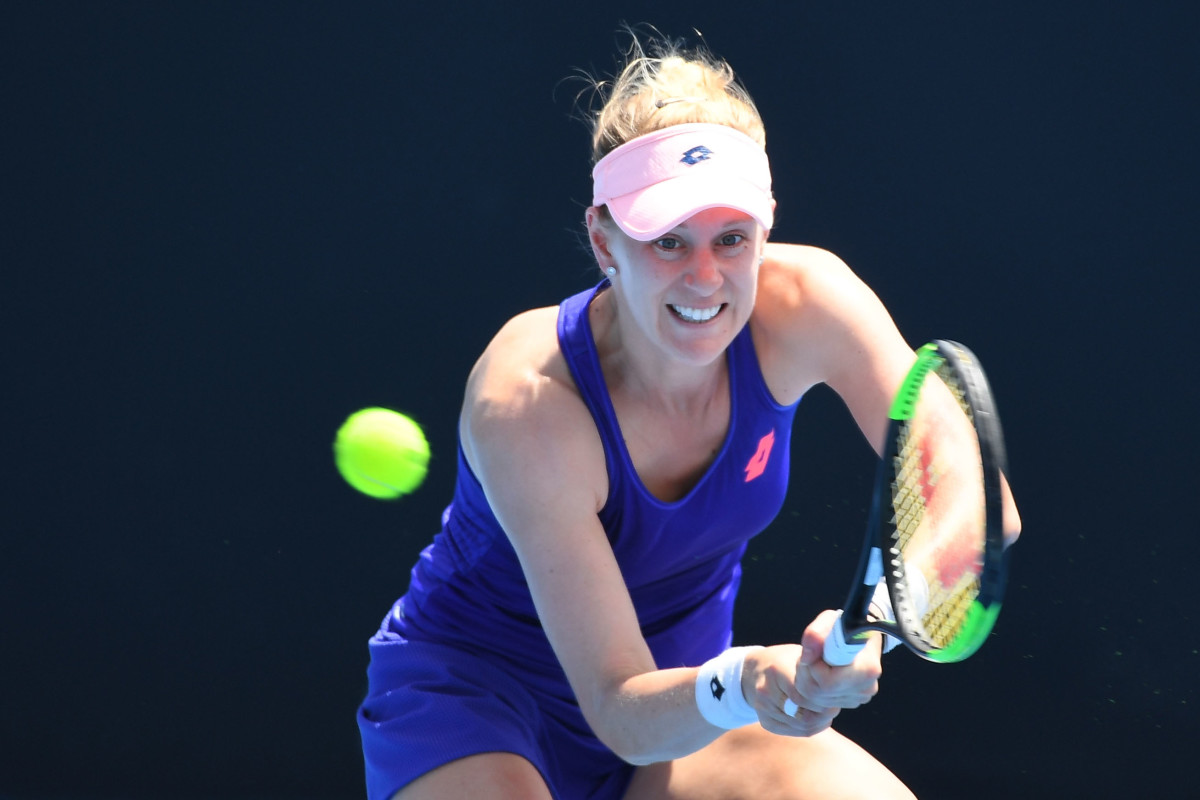
Ash Barty
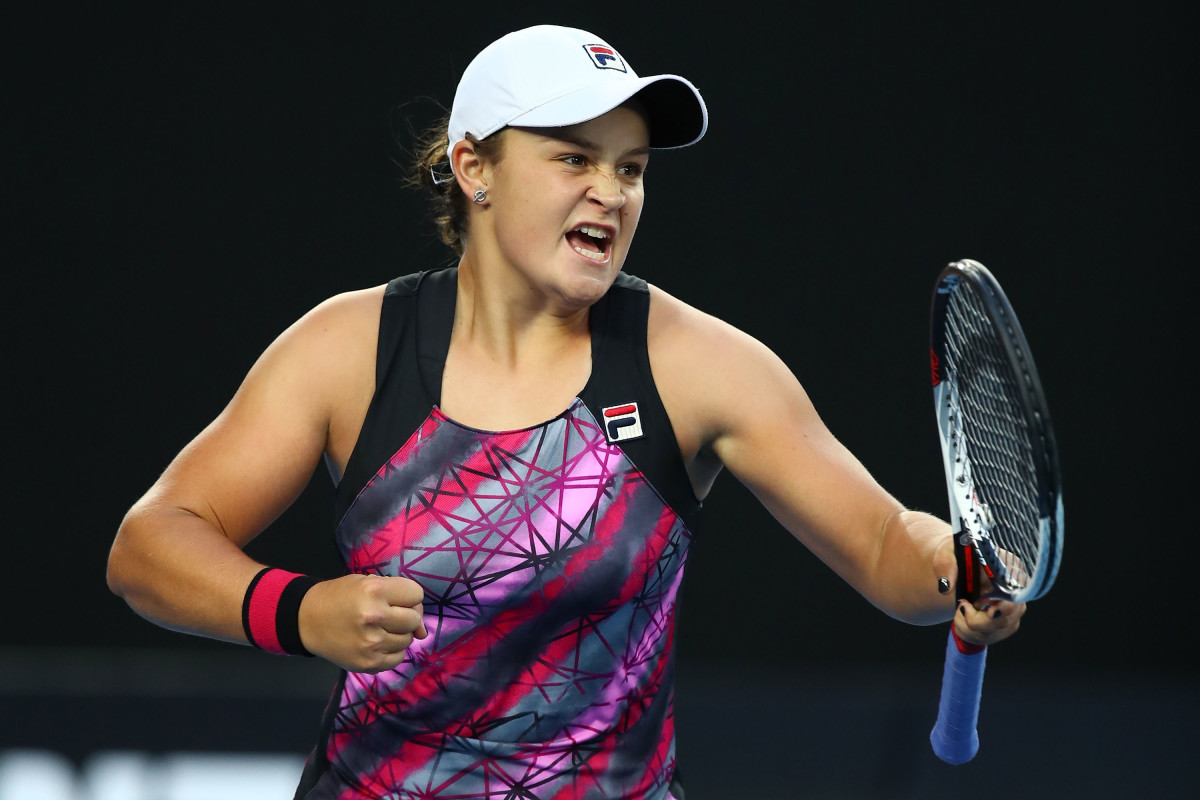
"I had goosebumps on the court. It was so nice to play well today. Regardless of the result, I would have been very happy. Now everything for me is a bonus."
Stan Wawrinka
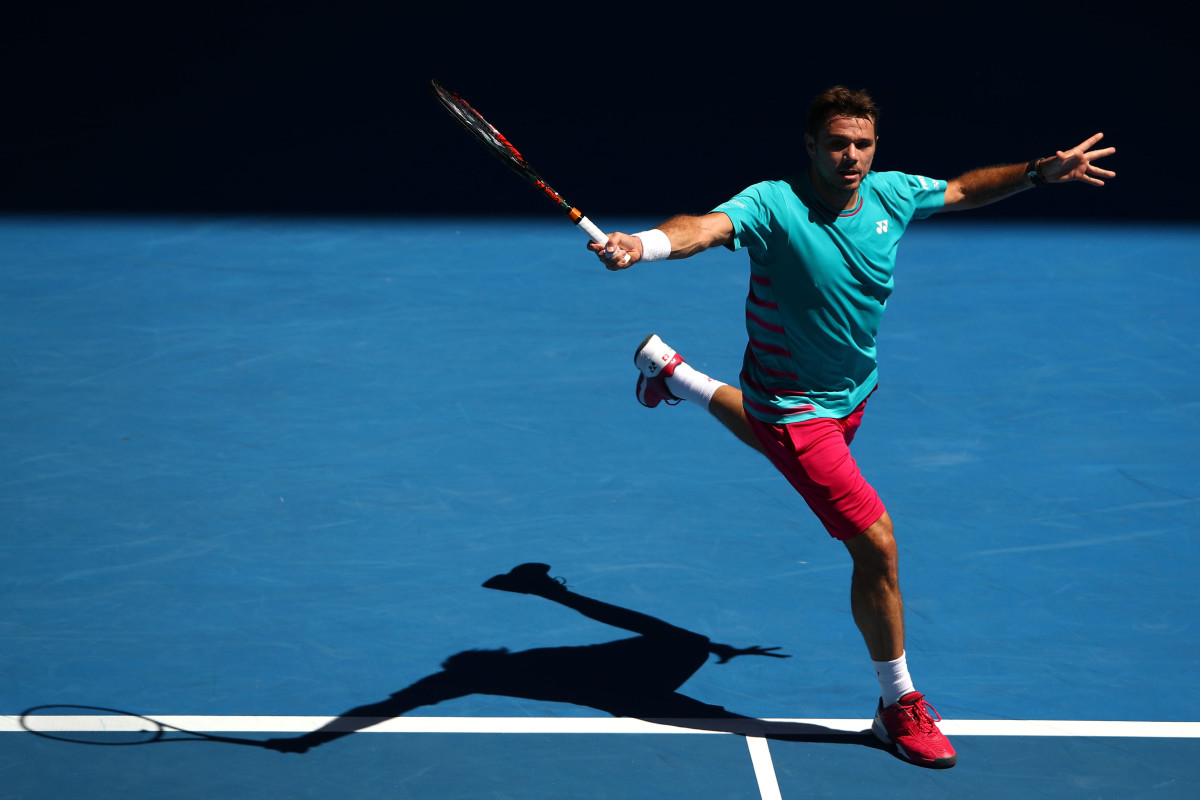
Thomas Berdych
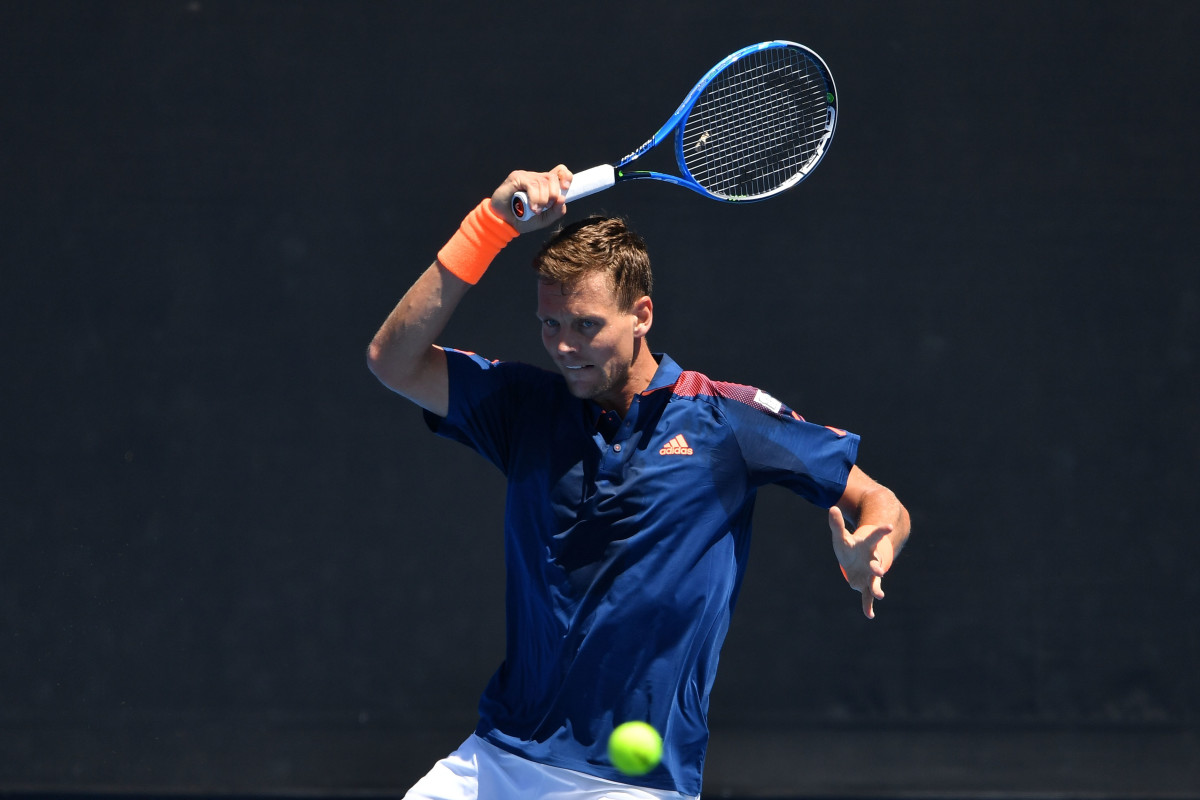
Daniel Evans
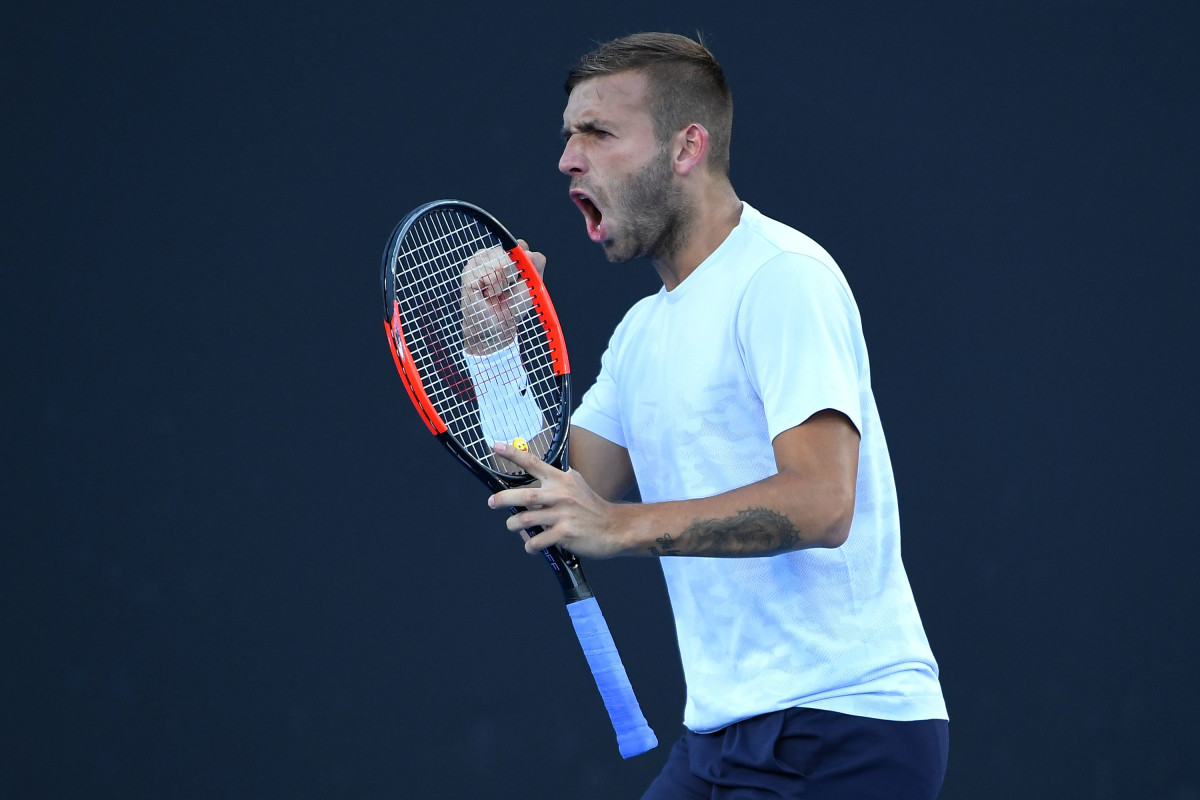
"I'm just out of contract with Nike. They didn't offer me another contract. I just went to the store and bought a load of clothes the other day, plain clothes...It's Uniqlo. 19.99, the shirts are."
Steve Johnson
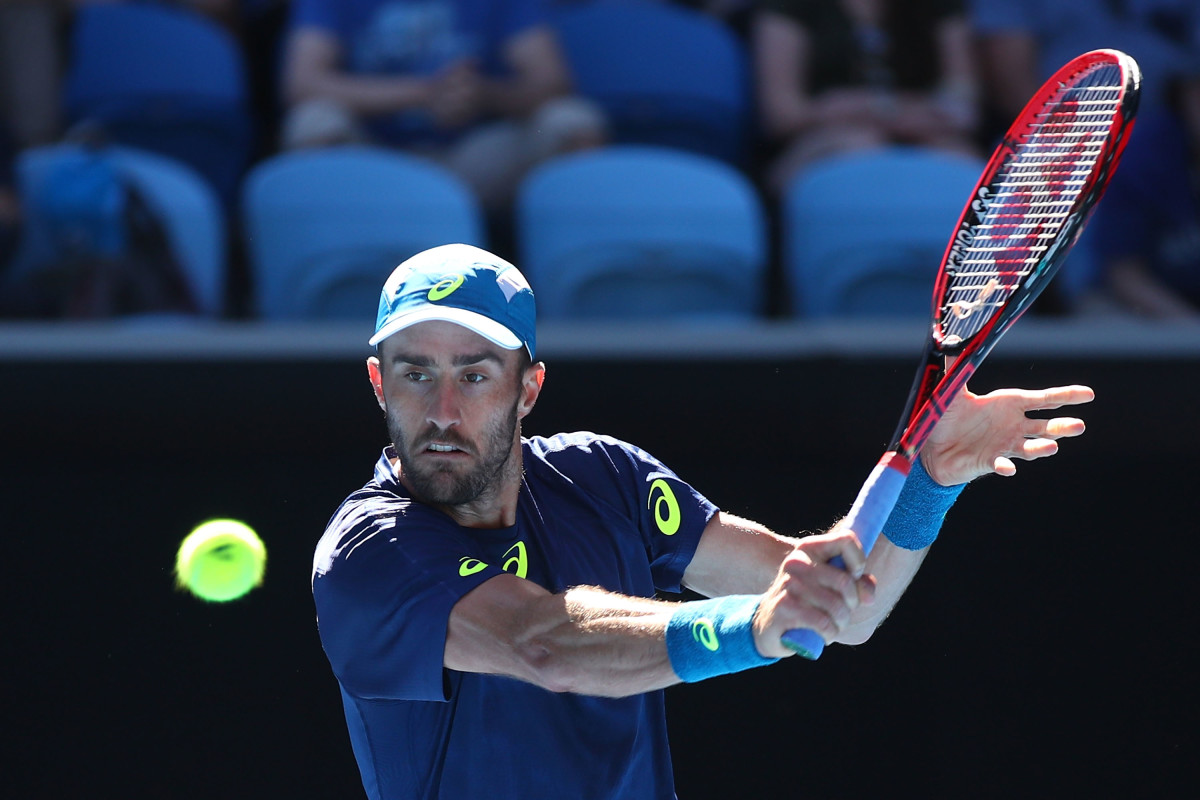
Angelique Kerber
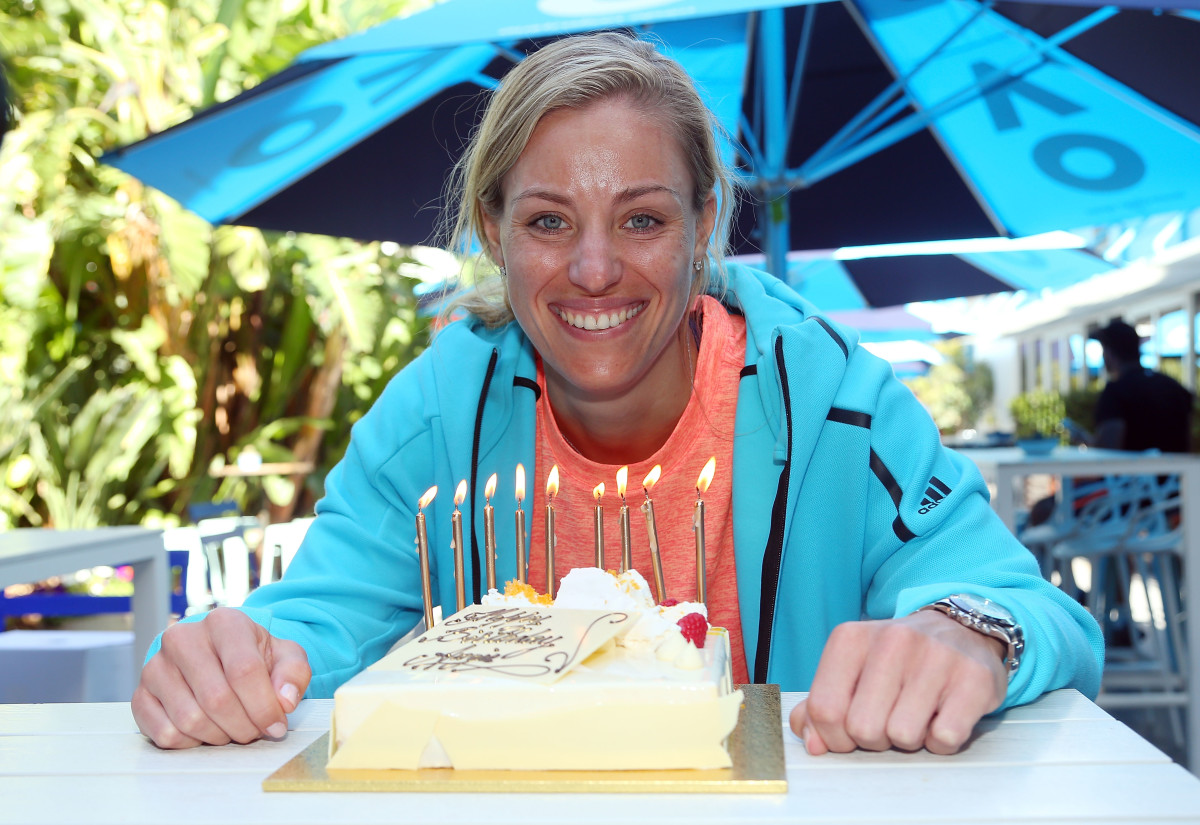
Noah Rubin, Roger Federer
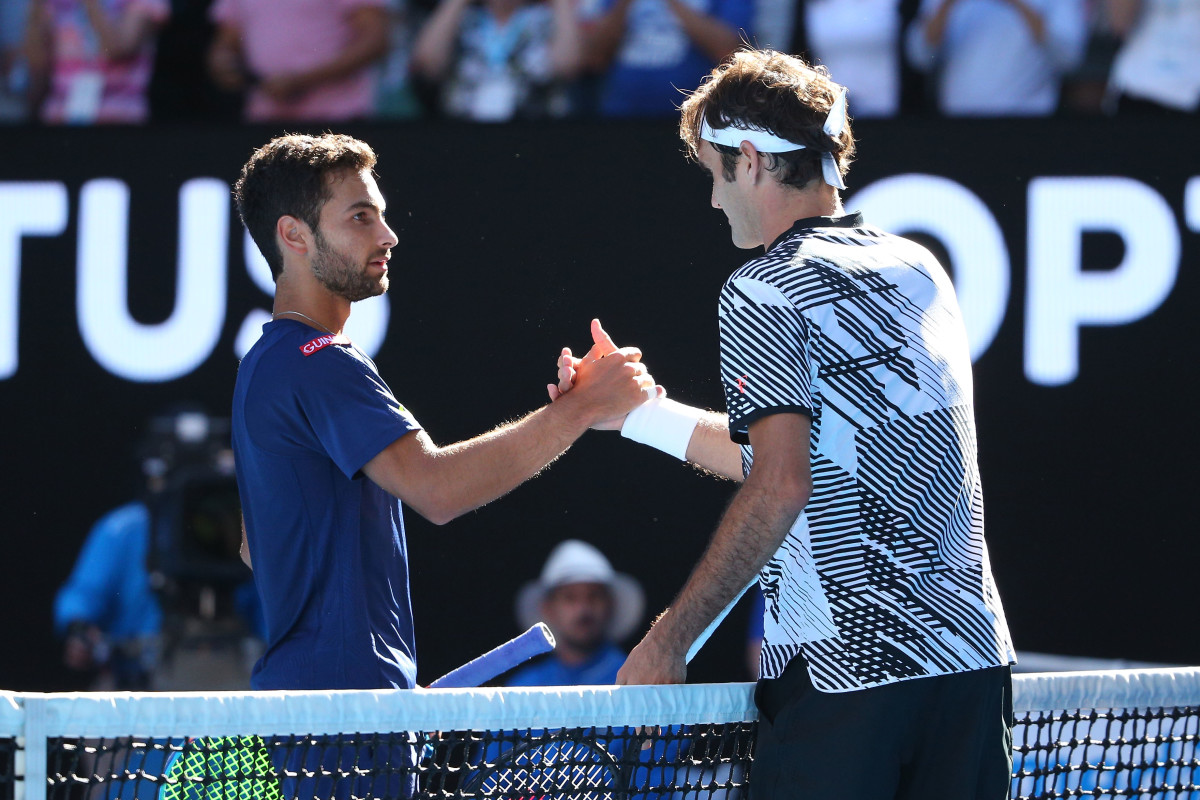
"You know, it was a difficult first set. Tricky third set, of course. I had to save a couple of set points. I know it could have gone different. I'm happy there."
Roger Federer
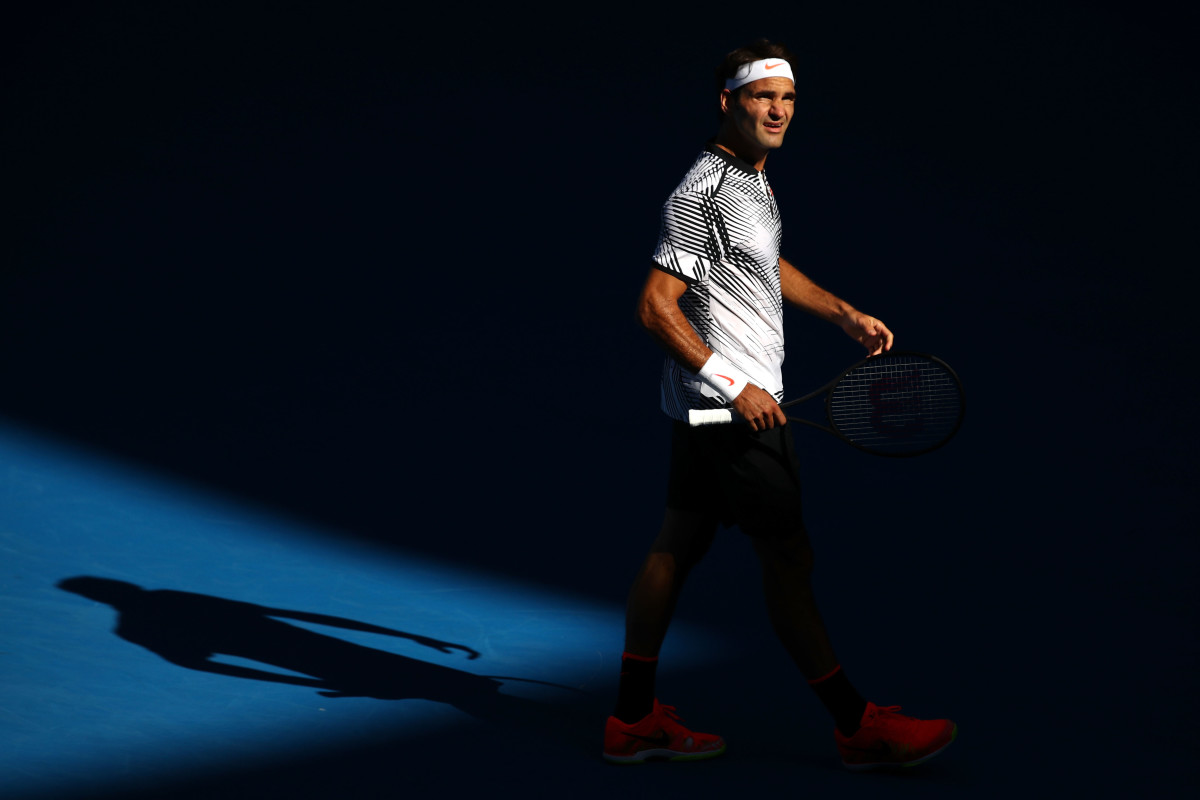
Eugenie Bouchard
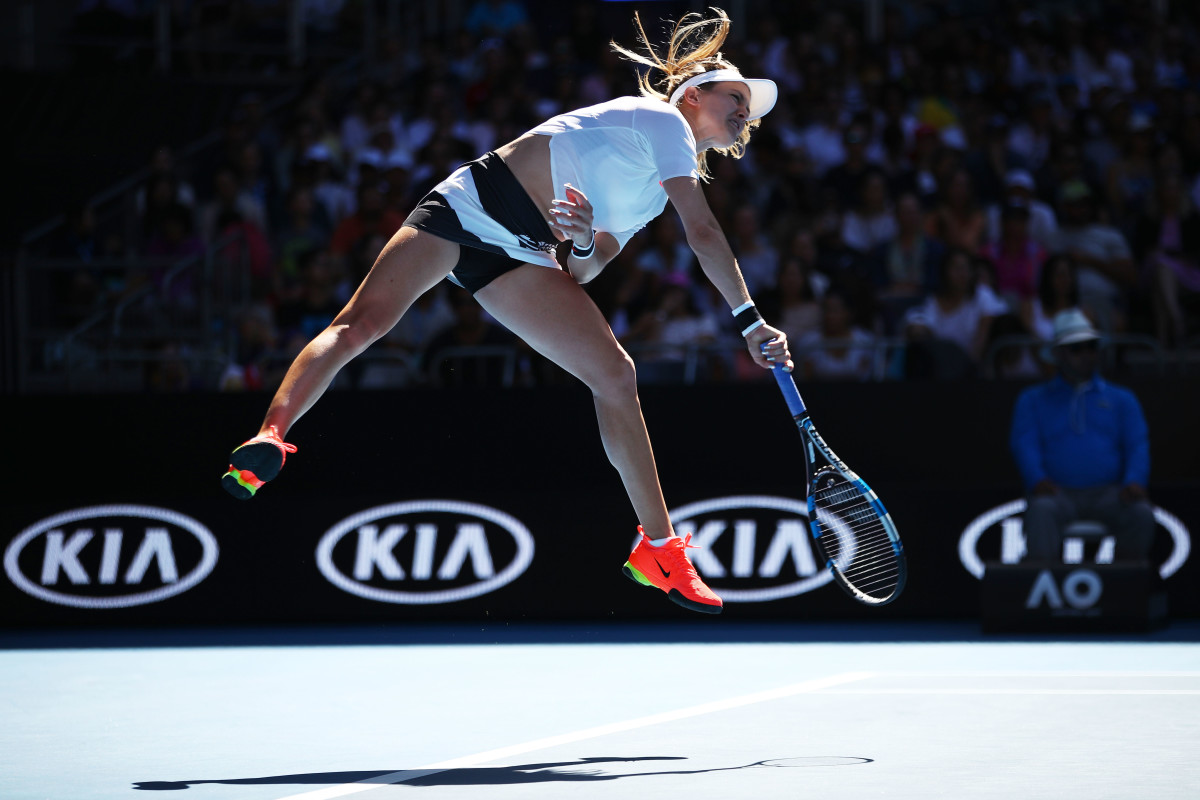
Nick Kyrgios
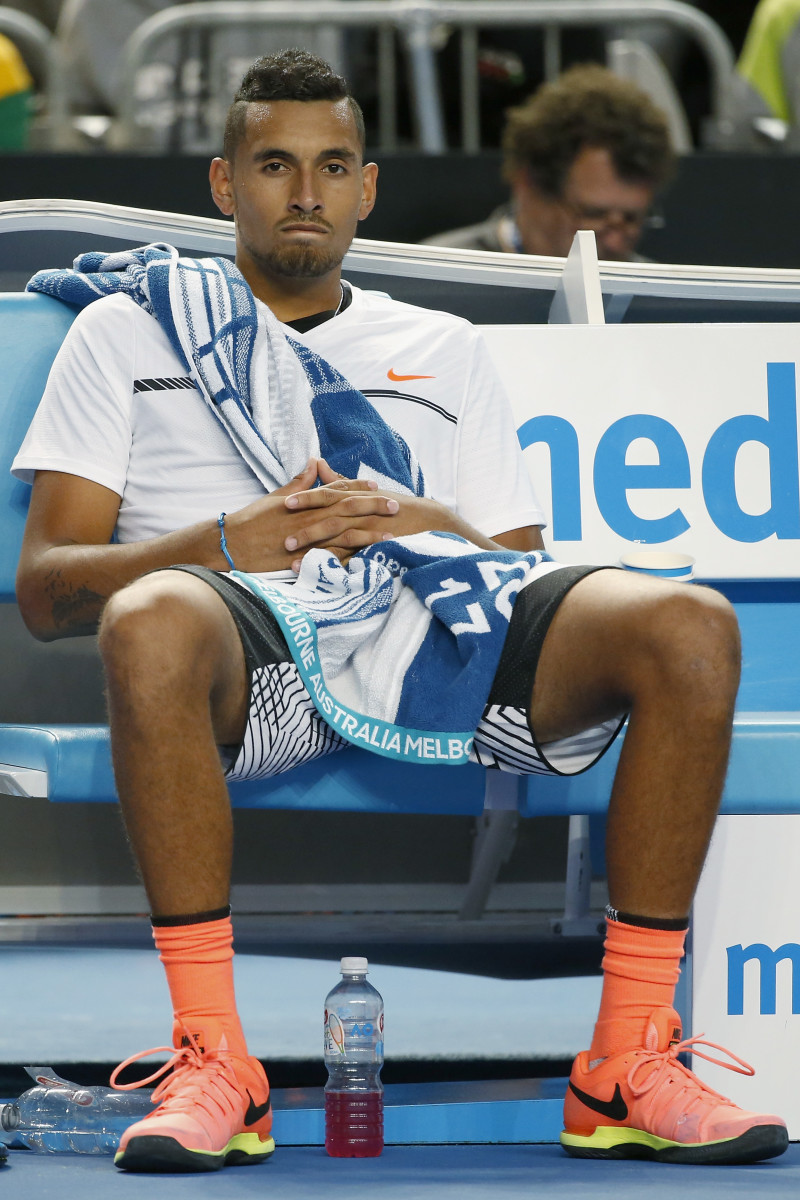
"I think I didn't have the best preparation. It's on me. Did a couple things in the off-season that I'm probably not going to do next time. It's on me, I guess. My body's not in good enough shape. You live and you learn."
Marin Cilic
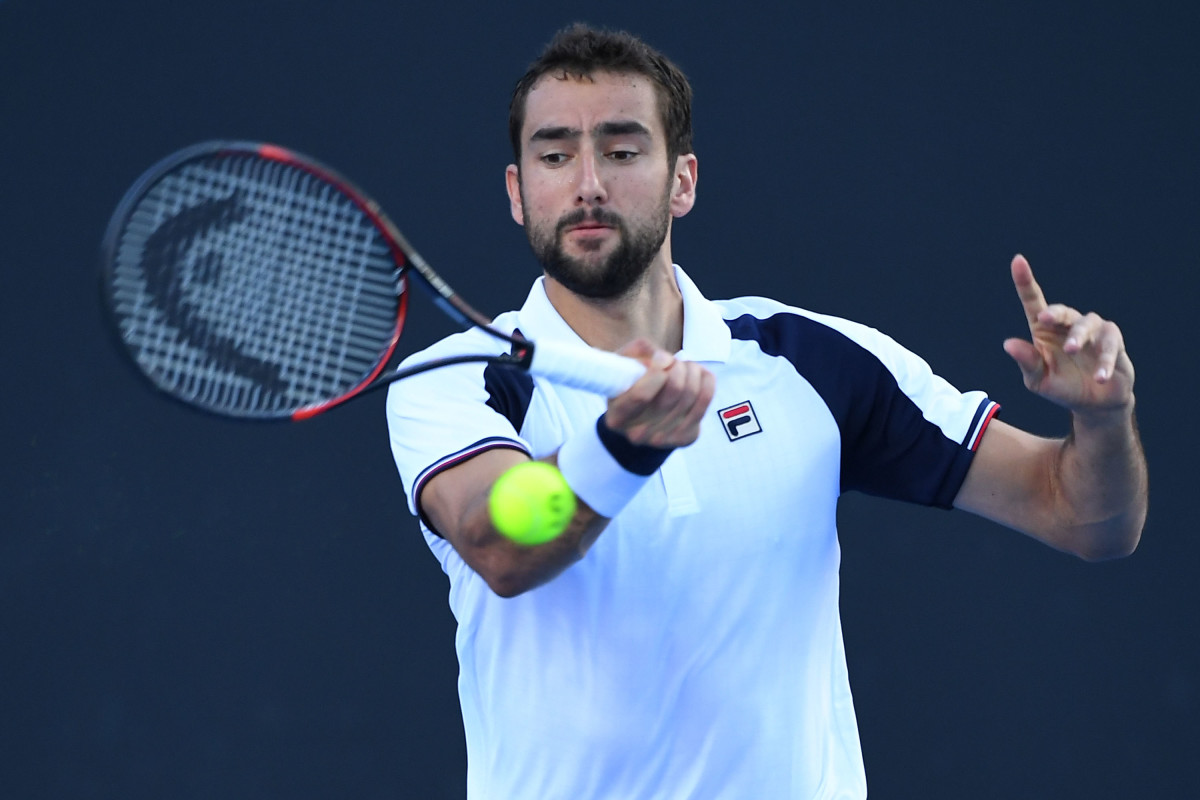
CoCo Vandeweghe
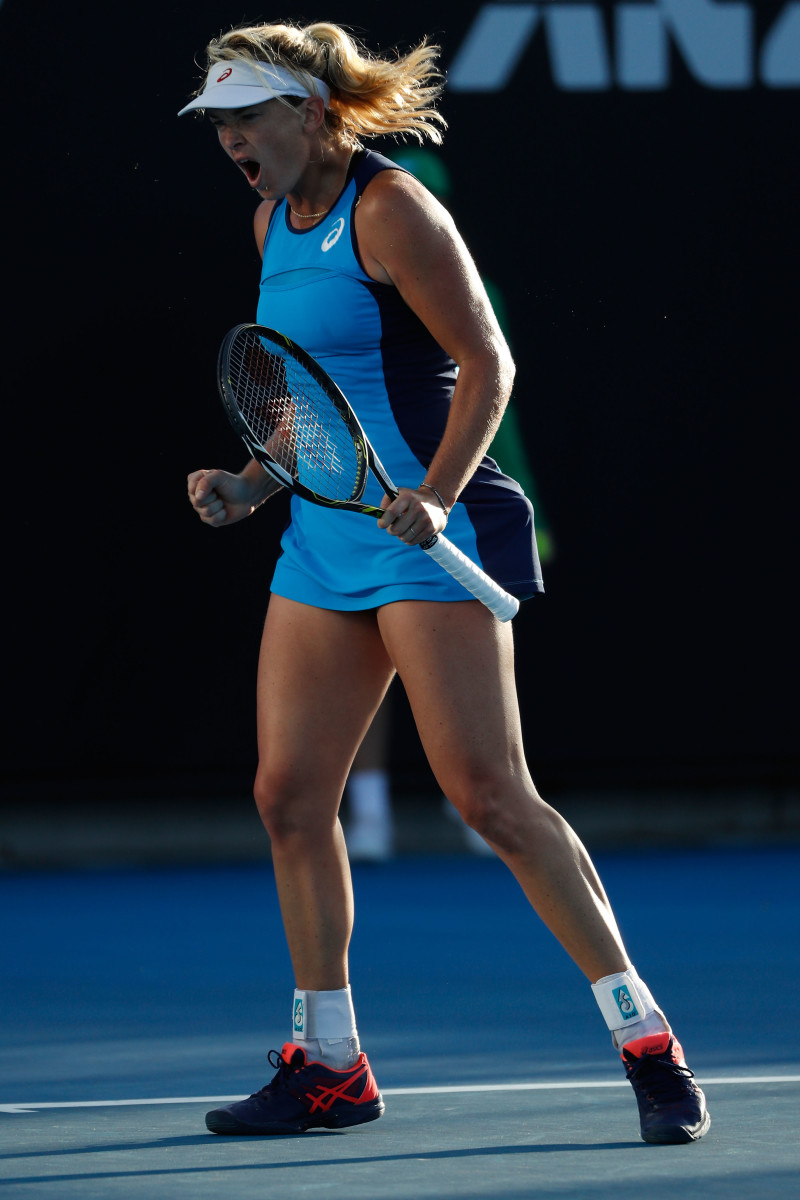
Garbine Muguruza
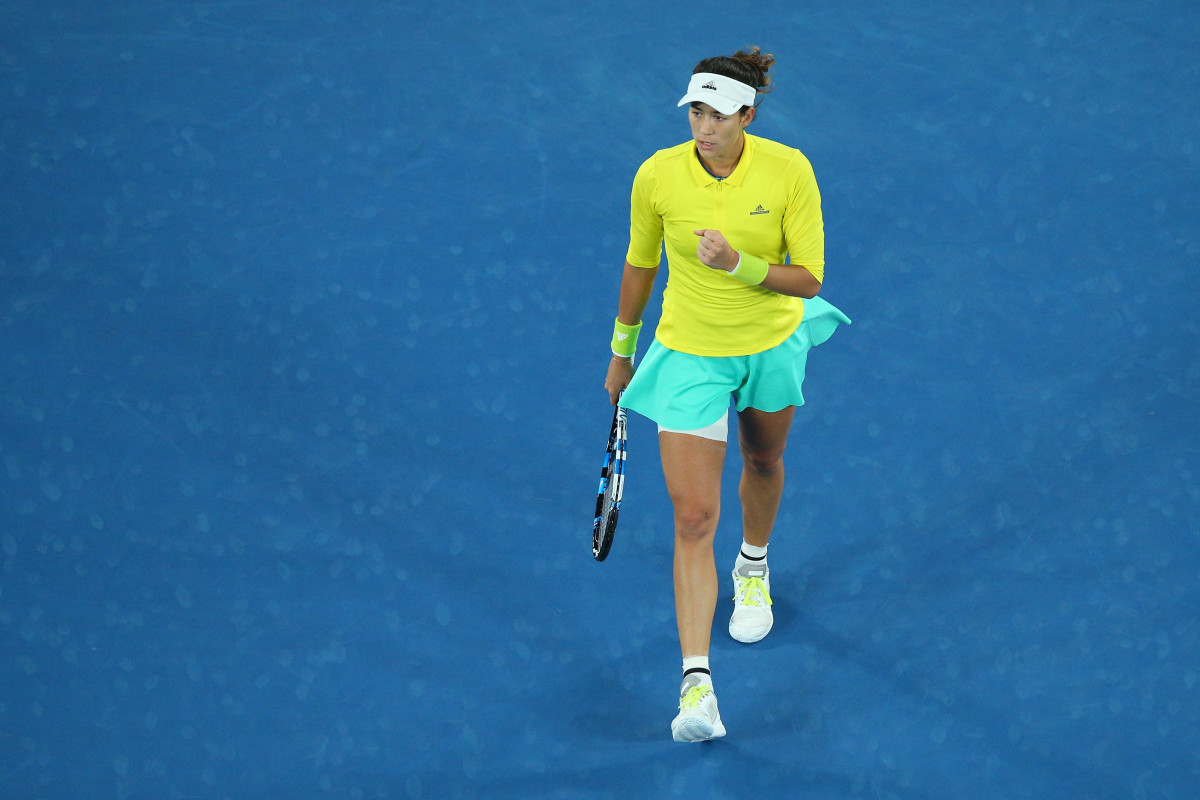
"Honestly, I think the time is helping me. Hopefully now the next day is going to help me recover even more."
Jack Sock
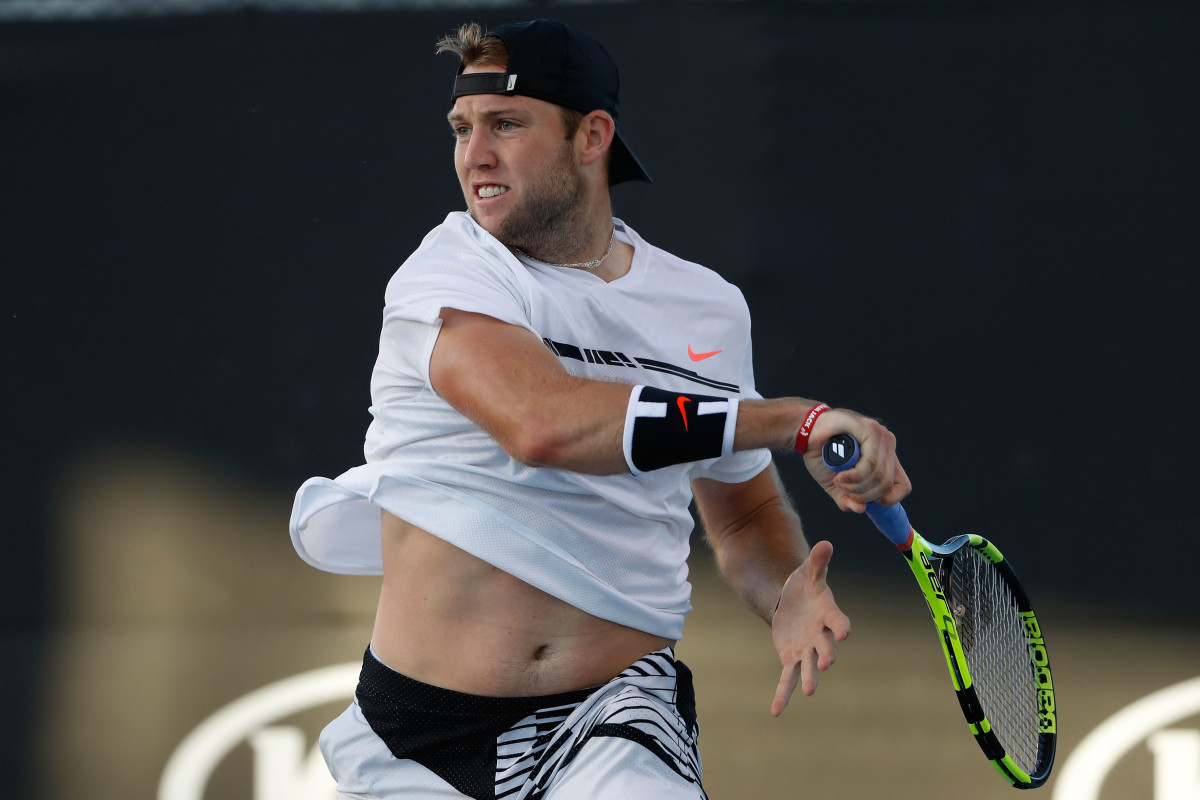
Samantha Crawford
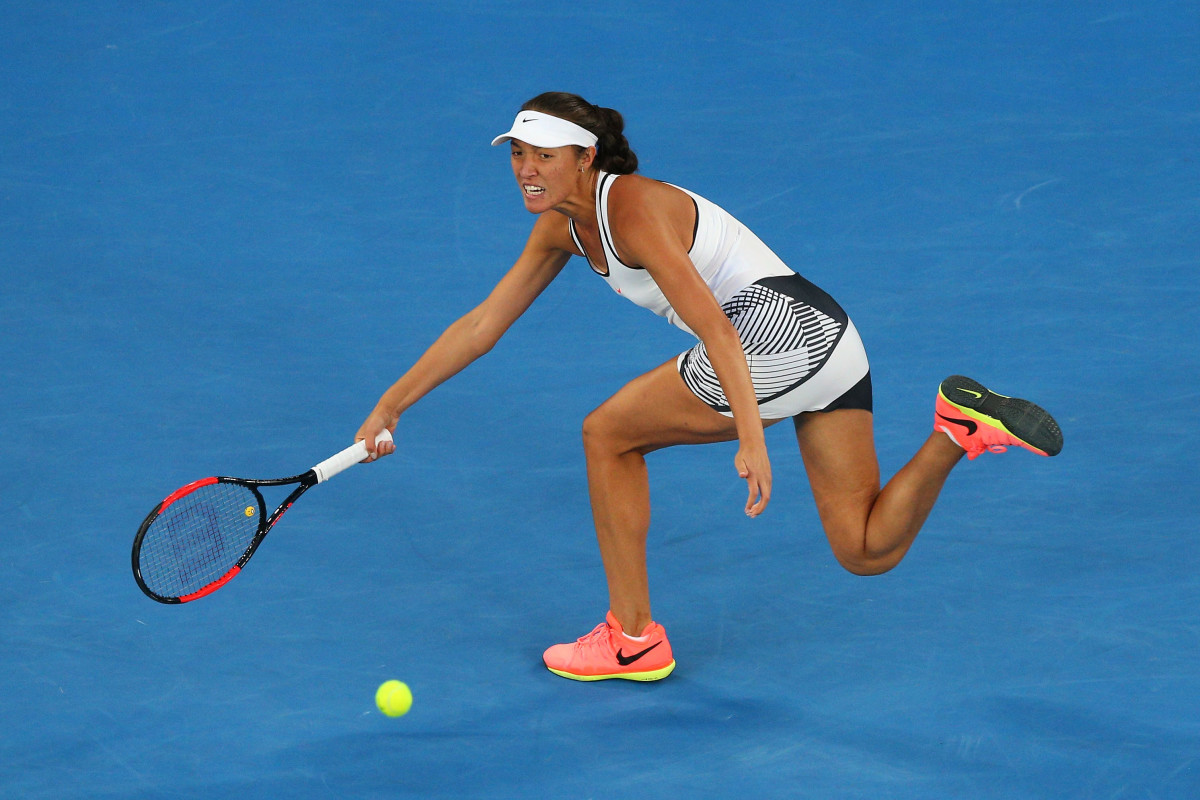
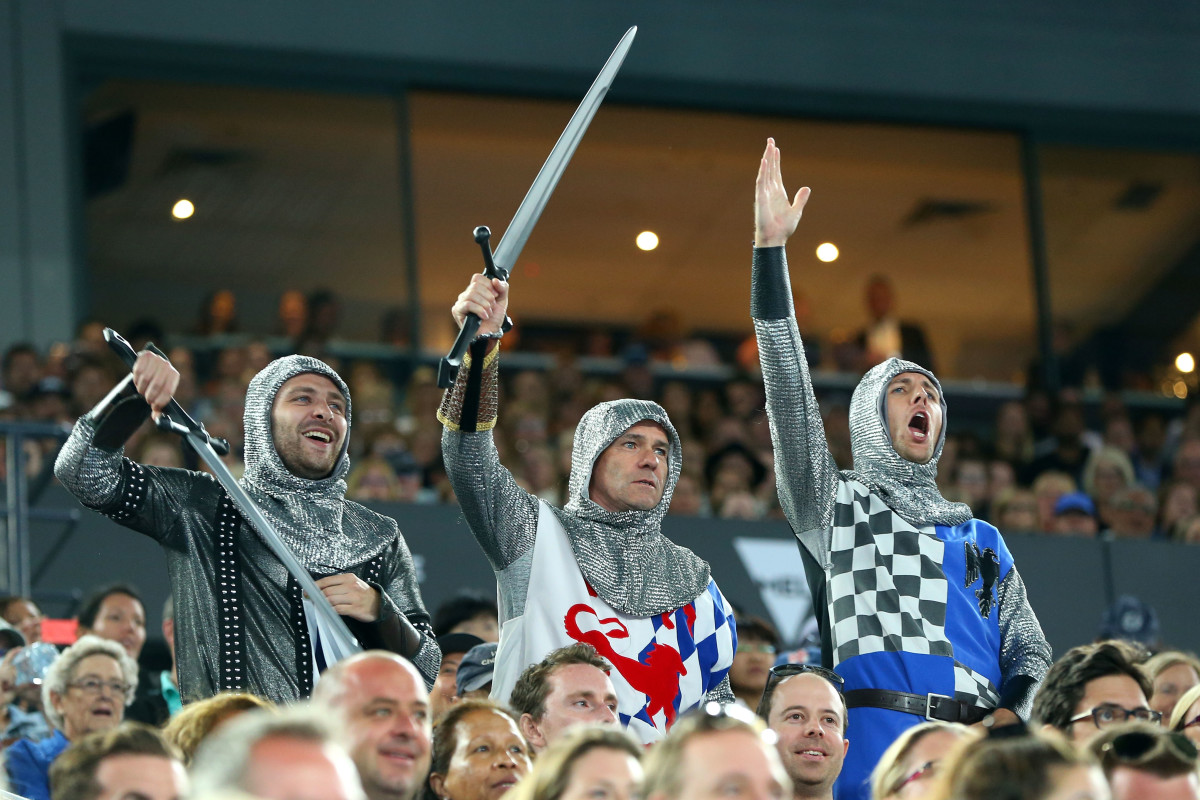
Andy Murray
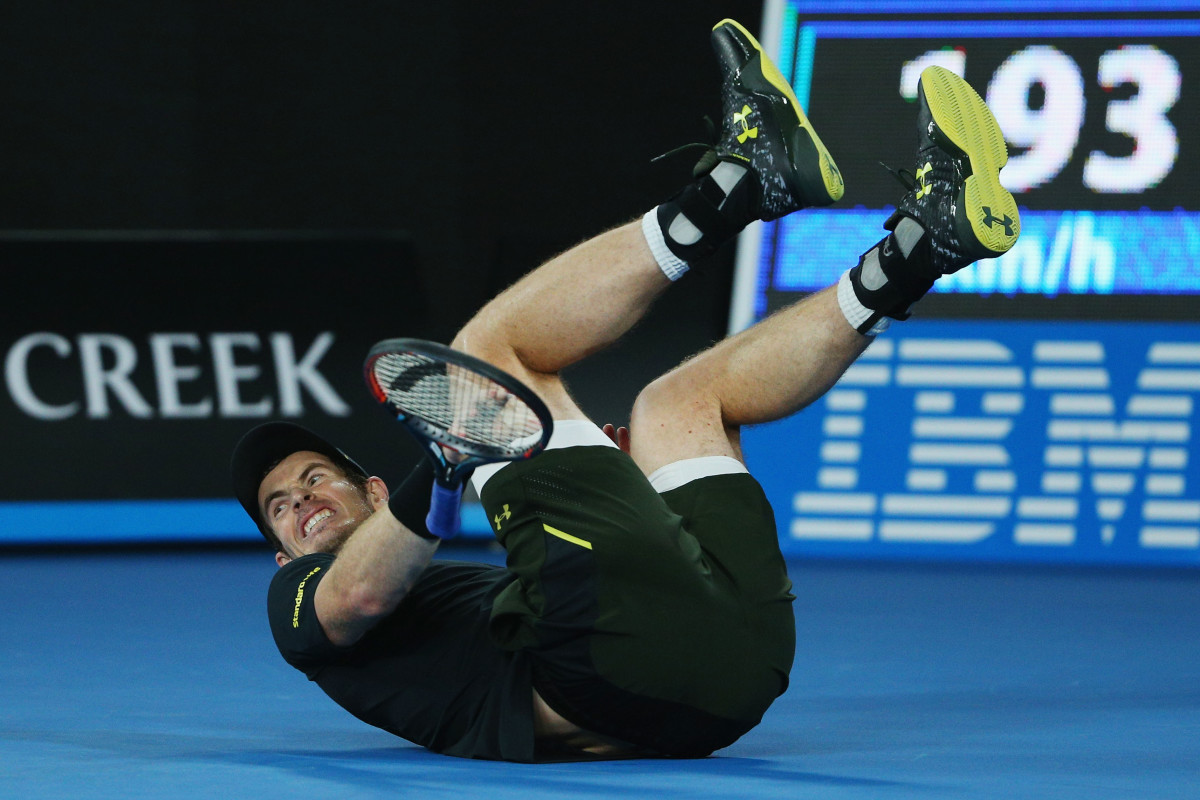
"It was throbbing kind of the rest of the match. I was moving fine on it, though. It was just sore. So you're thinking about it because, you know, you have a little bit of pain when you're moving around."
